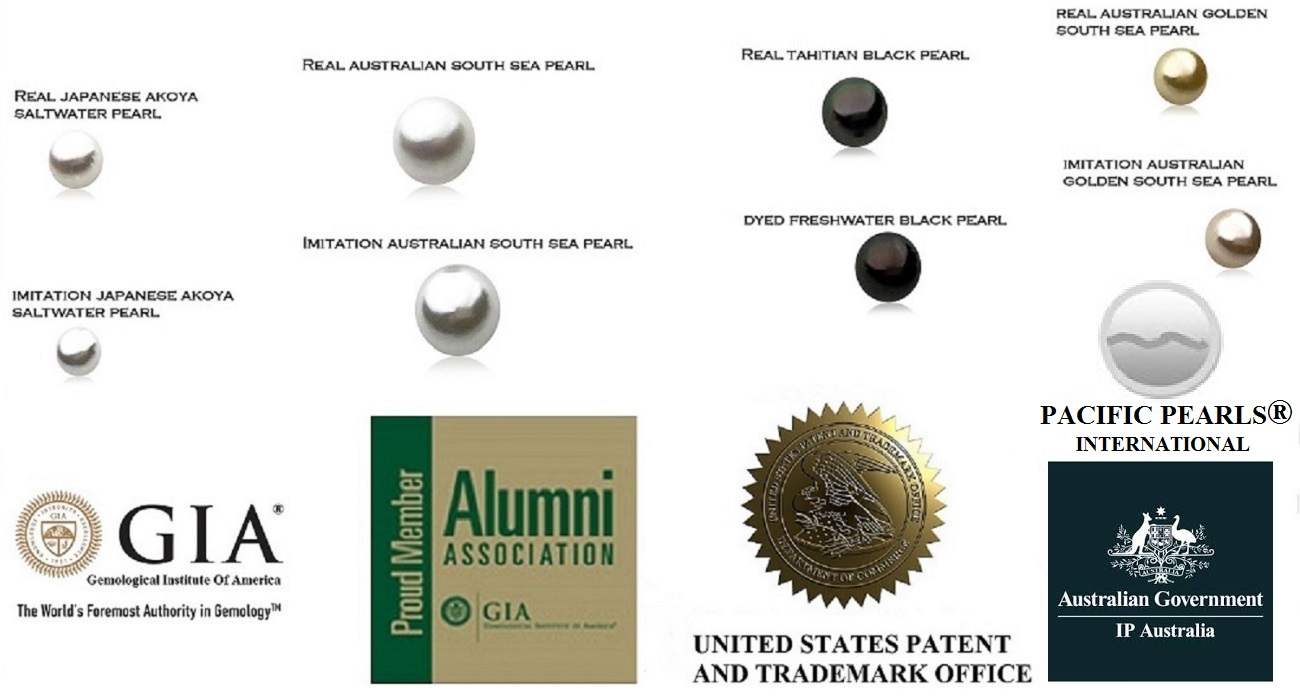
STYLE NUMBER: FN04
12-13mm A Quality Baroque White Freshwater Cultured Pearl Necklace With 14mm extra large Silver Clasp , 45cm (18 inches) Long
Retail Price $ 599 Our Price $ 279

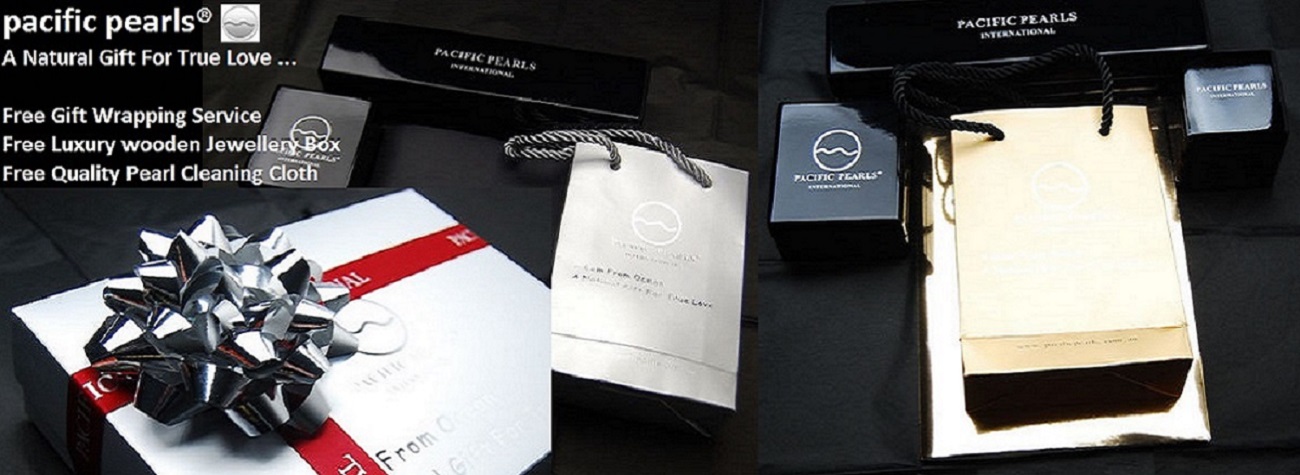
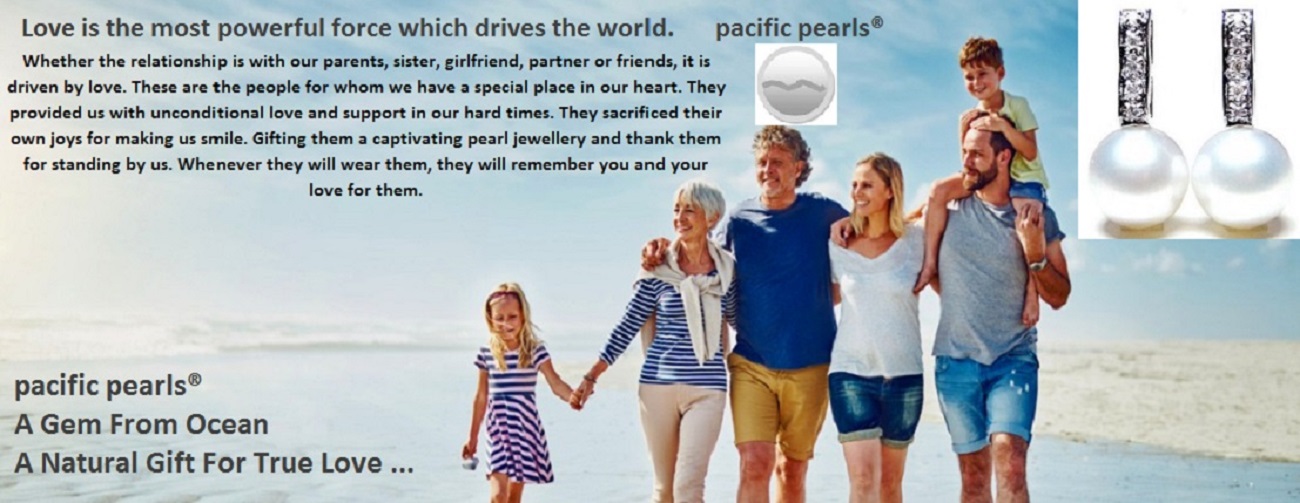
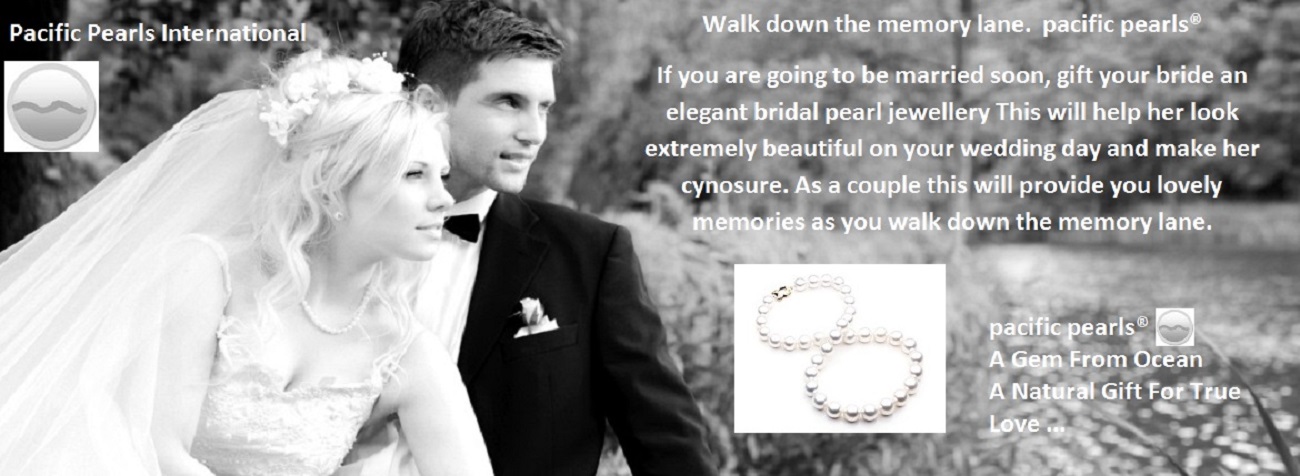
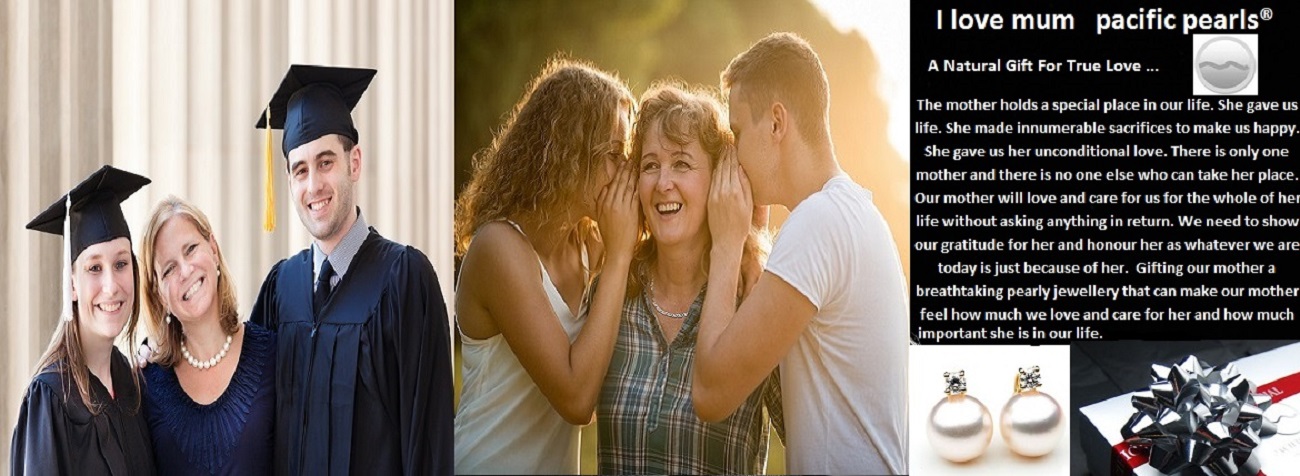
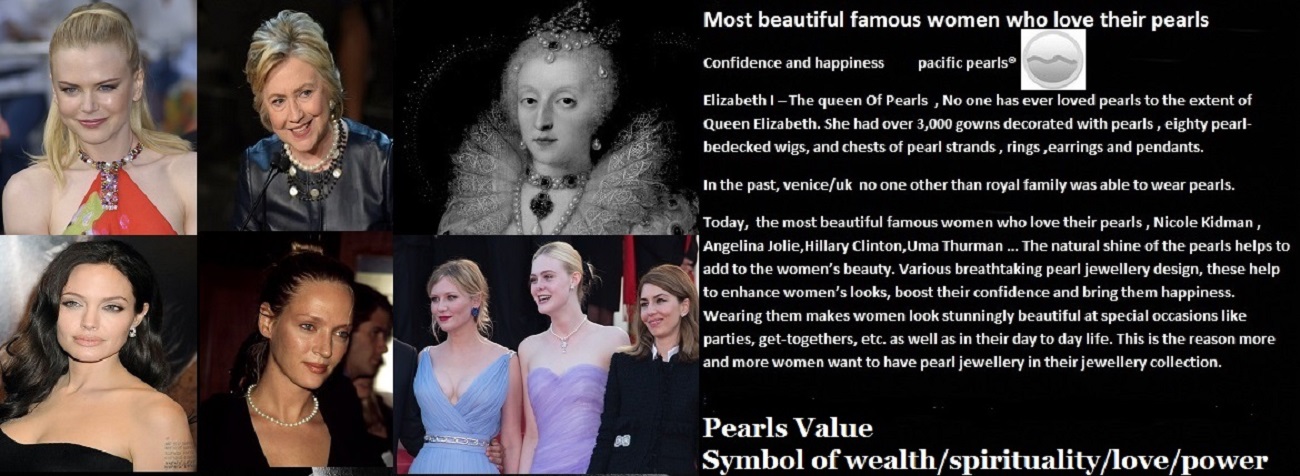
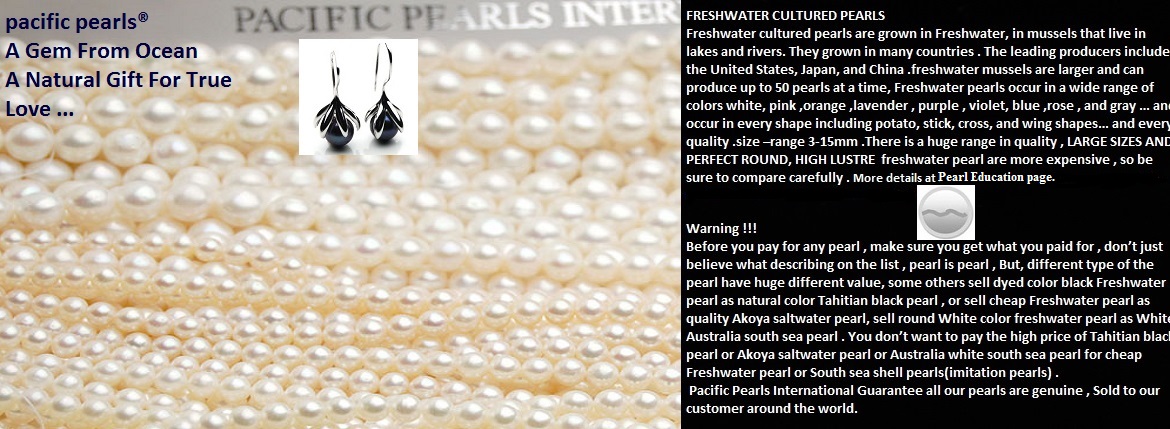
WHAT ARE THE DIFFERENCES BETWEEN REAL, CULTURED PEARLS VERSUS IMITATION PEARLS?
Marketing firm reports revealed that manufacturers used South Sea Shell Pearls in place of real, high-quality South Sea Pearls to experiment whether or not purchasers could notice the difference. The findings state that buyers could not tell the difference between the two kinds of pearl! These shell pearls weren't made from glass, plastic, or wax; rather, they were grown from South Sea oyster's shells in a scientific laboratory.
Today's imitations of fine pearls are extremely convincing, easily mistaken for the real, premium cultured pearls. Cultured pearls are pearls that are produced inside of mollusks or oysters that live in lakes or bays, giving them both the quality you see and price to match. These "faux," imitation pearls are not made by any sort of living water creature. Rather, they are made from plastic, glass, or shell beads to falsify a genuine appearance.
A cultured pearl has a deep, rich luster, one that cannot be copied by an imitation pearl, regardless of how it's made. However, the most reliable test in most cases for distinguishing real pearls from faux ones is the tooth test. It's easily done. Simply run the pearl in question along your teeth's edges. A real pearl will be slightly gritty or abrasive, while a fake one will be perfectly smooth.Try this test first on pearls that you know are either genuine or imitation to see how they will feel. An area of caution: the tooth test may not be fully reliable for an amateur when testing imitation Majorica pearls. To a trained, expert eye, these fakes have a different look than a real, cultured pearl; however, to an untrained person, they could be very easily mistaken for a genuine one. A very close surface examination using a loupe allows you to see a "pinpointed" surface of the faux pearl; a cultured pearl has a very smooth surface when closely looked at. An imitation Majorica pearl can be easily identified for you by a knowledgeable gemologist or a nearby jeweler.
At Pacific Pearls International, we guarantee that every single pearl we sell to customers worldwide is genuine!
BE CAREFUL!
Before paying for any kind of pearl, be certain that you are getting the quality that you are paying for. Do not just believe what the descriptions say. The saying "Pearl is pearl" is not true. There are several unique types of pearls that have vastly different values. Sellers who dye freshwater pearls black will sometimes see them as a "Natural Color Tahitian Black Pearl." Others could potentially take white freshwater pearls and mare them as expensive white pearls from the Australian South Sea, or sell other freshwater pearls as premium saltwater Akoya pearls.
Carefully examine these pearls before you buy them. Do not pay the price of these expensive, genuine pearls only to receive cheap imitations, freshwater pearls, or south sea shell pearls. Pacific Pearls International certifies the authenticity of each pearl that we sell, to every customer around the world.
